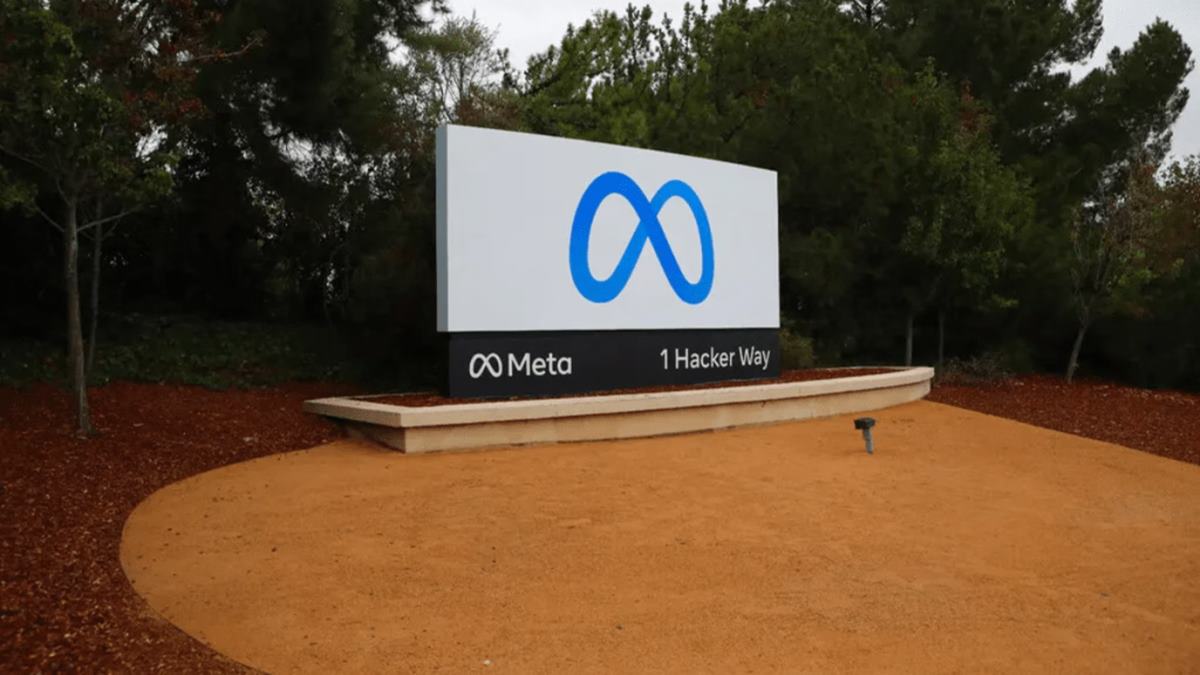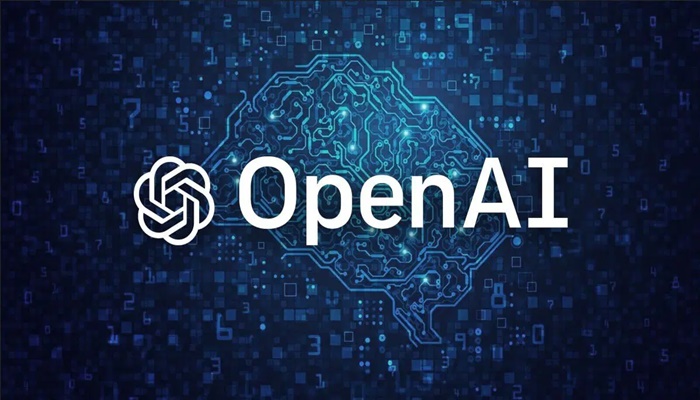Microsoft is reportedly preparing another wave of layoffs set to hit in May. The tech titan is said to be sharpening its axe, targeting mid-level managers as well as employees in non-technical roles as part of its latest restructuring push.
This comes just months after it fired around 2,000 workers without severance, citing underperformance. Behind the curtain of cost-cutting and “productivity gains” lies a more unsettling reality: the slow erosion of fairness in how people are reviewed, rewarded – or removed.
In the tech world’s ruthless pursuit of innovation, it appears that empathy is being left on the cutting room floor. Microsoft, the bellwether of digital transformation and long a darling of top employer lists, has turned a corner – and not necessarily for the better.
Over the past year, it has unveiled a string of measures ostensibly aimed at boosting performance. But scratch beneath the surface, and what emerges is less a case study in productivity, and more a cautionary tale in corporate overreach.
This is not just about trimming the fat. It’s about re-coding the DNA of the workplace – swapping growth mindsets for growth mandates, collaboration for compliance, and fairness for fear.
And would the broader business world follow suit?
The fine line between high performance and harsh policy
Microsoft’s latest approach could have come straight out of a military manual: identify the weak links, eliminate them swiftly, and reward the strongest. Its performance review system, scored from zero to 200, feeds directly into bonus and stock allocation. Anything underwhelming risks relegation.
This would be less troubling if the system accounted for nuance. But the introduction of a “globally consistent” performance improvement plan or PIP, framed as either a lifeline or a trapdoor, leaves little room for grey areas. Employees deemed underperforming must either climb the steep PIP hill or accept a ‘Global Voluntary Separation Agreement’ – a euphemism for walking the plank with little dignity and often no severance.
To make matters worse, Microsoft is enforcing a two-year ban on rehire or internal transfer for those who fall short. Even those who receive 60% or less in rewards, potentially due to circumstances beyond their control, are effectively blacklisted.
DEI and remote work: Collateral damage in a productivity crusade
Before January’s cull of 2,000 so-called underperformers, Microsoft also dismantled its Diversity, Equity, and Inclusion team, citing “changing business needs”.
A move that, while not unique in today’s economic climate, speaks volumes. When inclusion becomes expendable, it’s not just values that are compromised but culture.
October last year brought another tell-tale sign. As firms wrestled with the post-pandemic work-from-home debate, Microsoft took a pragmatic stance: hybrid work was still on the table unless productivity flagged. In other words, flexibility now comes with a performance caveat. The leash may be long, but it’s tightening.
Learning from Meta – or repeating its mistakes?
If any of this sounds familiar, it’s because Meta took a similar route earlier this year. In a January memo, Mark Zuckerberg made his intent clear: 3,600 roles would be axed, about 5% of the workforce. Performance, not potential, was the yardstick. “I’ve decided to raise the bar on performance management and move out low-performers faster,” he wrote.
But what began as a meritocratic mission soon unravelled. Employees reported being blindsided by termination despite receiving glowing reviews. Later revelations of Meta’s secret “block lists” – blackballing former staff irrespective of wrongdoing – only poured salt on the wound.
Microsoft appears to be following this hardline formula. While no block list has been confirmed, its policies point in the same direction.
The illusion of meritocracy
On paper, performance-based cultures sound sensible. Reward excellence. Manage mediocrity. Dismiss the disengaged. But in practice, these systems often conflate visibility with value, and favouritism with fairness.
What happens to employees navigating health issues, caring for dependents, or shouldering emotional burdens? Are they given the benefit of context, or simply counted out? Are culturally nuanced communication styles, neurodivergent working patterns, or introverted personalities interpreted as underperformance?
More critically, who gets to decide what “performance” even means? If the goalposts are set solely by top-down KPIs or subjective manager ratings, then objectivity is already out of the window. In the absence of transparency, bias becomes baked into the system.
And in a world where workplace wellbeing is finally being acknowledged as a performance enabler, such a punitive approach feels like a step backwards.
A climate of fear is not the same as a culture of excellence
Setting high expectations isn’t the problem. The real danger lies in treating people like replaceable parts in a corporate engine. Microsoft’s ramp-up of manager power, paired with a reduction in mid-level roles and an increased “span of control,” may improve operational efficiency on spreadsheets. But in the real world, it risks driving up burnout and disillusionment.
Trust and psychological safety, which are cornerstones of high-performing teams, don’t grow in environments where one misstep could mean exile. Talented people don’t thrive on fear; they flourish when they are supported, heard, and given room to grow.
If companies really want to foster resilience and innovation, they need to stop managing talent like inventory.
From performance reviews to reputation risks
There’s a broader reputational cost, too. Microsoft, for all its strategic might, is still a brand. Its every move is watched by investors, analysts, regulators – and crucially, prospective hires.
Any company that gains a reputation for cutting loose its people without due process may find its future talent pipeline drying up. Gen Z and Millennial professionals, in particular, are voting with their feet and choosing purpose-driven, humane employers over prestige alone.
And let’s not forget the legal risks. While large firms may paper over the cracks with NDAs and PR spin, wrongful dismissal claims and whistleblower leaks are a ticking time bomb in environments where fairness is sacrificed in the name of speed.
A smarter way forward
Performance management doesn’t have to be a blunt instrument. Done well, it’s a partnership – a dialogue between employee and employer to co-create value. It’s a system that recognises effort as well as output, progress as well as perfection. It rewards learning curves, not just finished products.
Rather than PIPs as punishment, why not position them as developmental sprints? Instead of rehire bans, consider tailored reboarding paths for those who have grown in the interim.
And above all, bring humanity back into HR. Algorithms, scorecards, and stack rankings may have their place but they should never be substitutes for leadership.
Microsoft’s aggressive performance strategy may impress shareholders in the short run. But in the long game of reputation, resilience, and results, the human element cannot be ignored.
The world’s most admired companies aren’t just defined by their bottom lines. They’re remembered for how they treat people in moments of pressure and change.
So, it’s worth asking: is this really high performance – or just high attrition dressed up as strategy?
Because, in the absence of fairness, then it’s not just employees who lose. It’s the entire enterprise.




















